Separated into four rooms, Tête-à-tête exhibition brings together eight local and international artists for a visual and intellectual dialogue.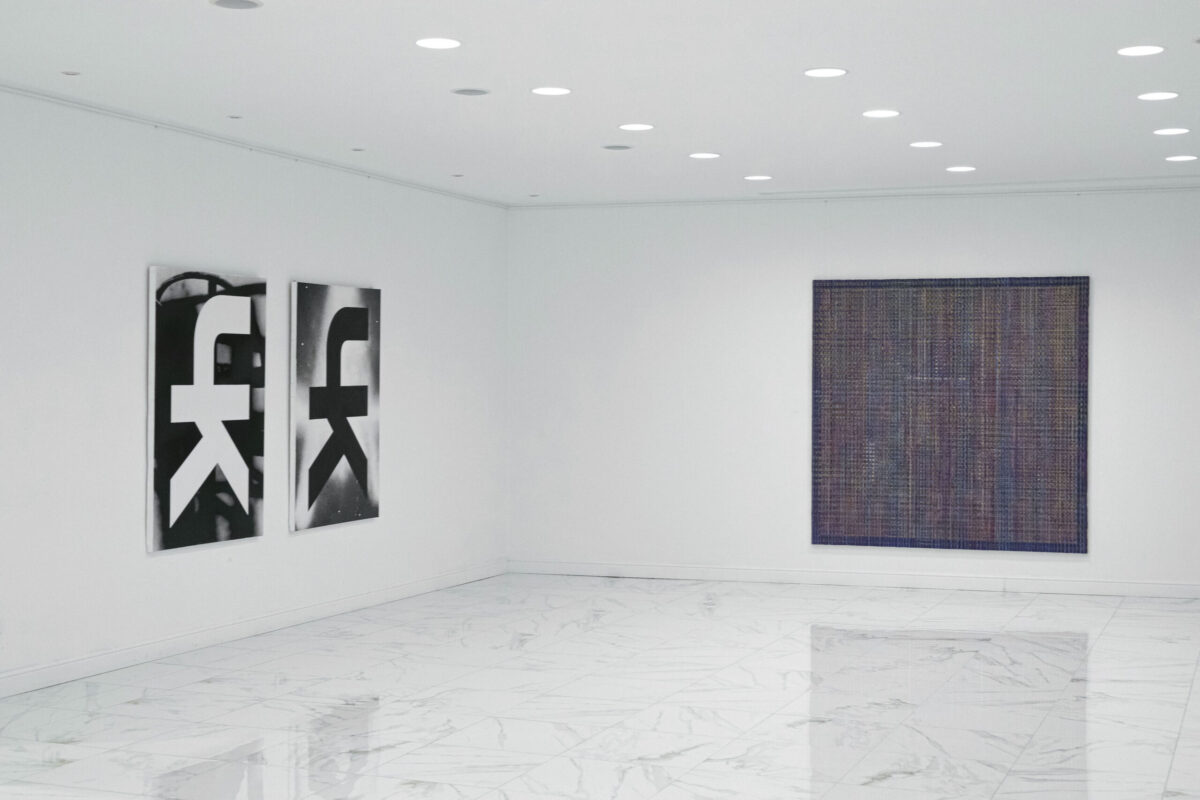 Each of the exhibition rooms features different artistic processes, themes, styles, and interventions, facing each other and showcasing a variety of media and forms, including paintings, objects, ceramics, textiles, photography, and mixed media created by the following artist pairs: Filip Black – Marko Lađušić, Vittorio Bianchi – Nemanja Maraš, Claire Clelia Baldo – Aleksandar Vac, Federico Luger – Mina Radović.
Each of the exhibition rooms features different artistic processes, themes, styles, and interventions, facing each other and showcasing a variety of media and forms, including paintings, objects, ceramics, textiles, photography, and mixed media created by the following artist pairs: Filip Black – Marko Lađušić, Vittorio Bianchi – Nemanja Maraš, Claire Clelia Baldo – Aleksandar Vac, Federico Luger – Mina Radović.
In this face-to-face dialogue, contrast becomes the driving force, intended to captivate the observer in their pursuit of discovering the object’s origin and to stimulate contemplation about the creative process. Unexpected and unconventional pairings encourage the audience to uncover fresh interpretations and new perspectives, ultimately revealing concealed connections and boundaries.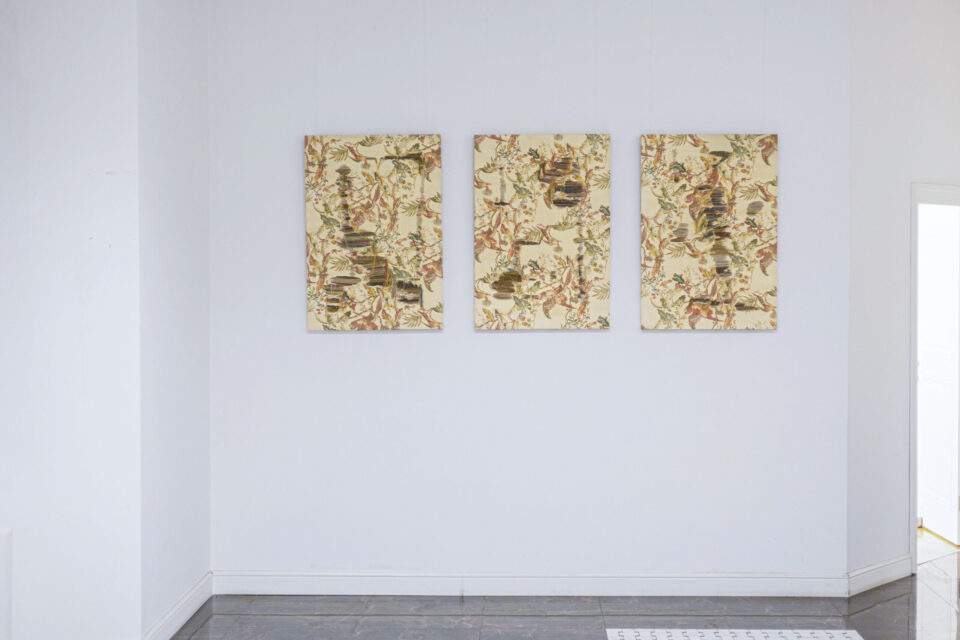 VITTORIO BIANCHI – NEMANJA MARAŠ
VITTORIO BIANCHI – NEMANJA MARAŠ
PHYSICAL AND SIMBOLIC
Both artists engage with the essence and symbolism of their subjects and demonstrate a deep appreciation for the subject and materials they work with. They share a common thread in their dedication to exploring and preserving the intrinsic qualities of their respective subjects and materials.
Nemanja Maras’ “Botani” series involves a meditative approach to flowers and plants, capturing their essence through photography and pigmentation techniques. He delves into the symbolism and origins of these natural elements, preserving them in a unique way. His work embodies a sense of preservation and a focus on the intrinsic value of the subject matter.
Vittorio Bianchi, on the other hand, focuses on a single element or gesture, often involving laceration and intervention with two-dimensional materials. His work challenges the conventional nature of these materials and creates openings to other possible dimensions. This process highlights the fragility, elegance, and preciousness of what is torn. Additionally, Bianchi’s research extends to the multicultural and historic aspects of the materials he uses, emphasizing their historical significance and the passage of time.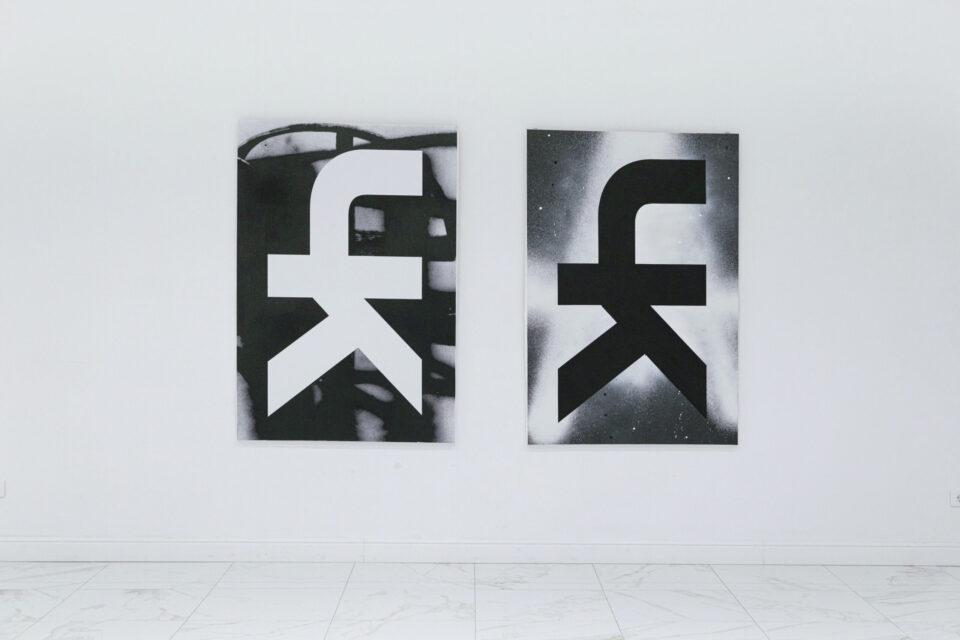 FILIP BLACK – MARKO LAĐUŠIĆ
FILIP BLACK – MARKO LAĐUŠIĆ
PERCEPTION AND SUBCONSCIOUS
While their styles and themes differ, both Marko Lađušić and Filip Black challenge traditional artistic boundaries. Marko blurs the line between painting and sculpture; Filip Black combines various techniques and symbolism to create unique, conceptually rich artworks.
Marko Ladjusic’s work is characterized by the construction of abstract landscapes that challenge traditional notions of perception and understanding. He uses a wide range of colors, emphasizing complementarity and contrast, and deliberately creates layers of color that give a sense of three-dimensionality. He effectively blurs the boundaries between sculpture and painting, and his work is known for its innovative approach to conveying three-dimensionality.
Filip Black, on the other hand, employs a limited color range, Cyrillic type, calligraphy, and the human form in his art. He combines different artistic techniques, blending digital and traditional methods. His work reinterprets familiar visual symbols and combines them with the human figure, creating conceptually layered pieces. The shapes in his work, influenced by his passion for boxing, can be seen as almost tribal representations of a subconscious ebb and flow.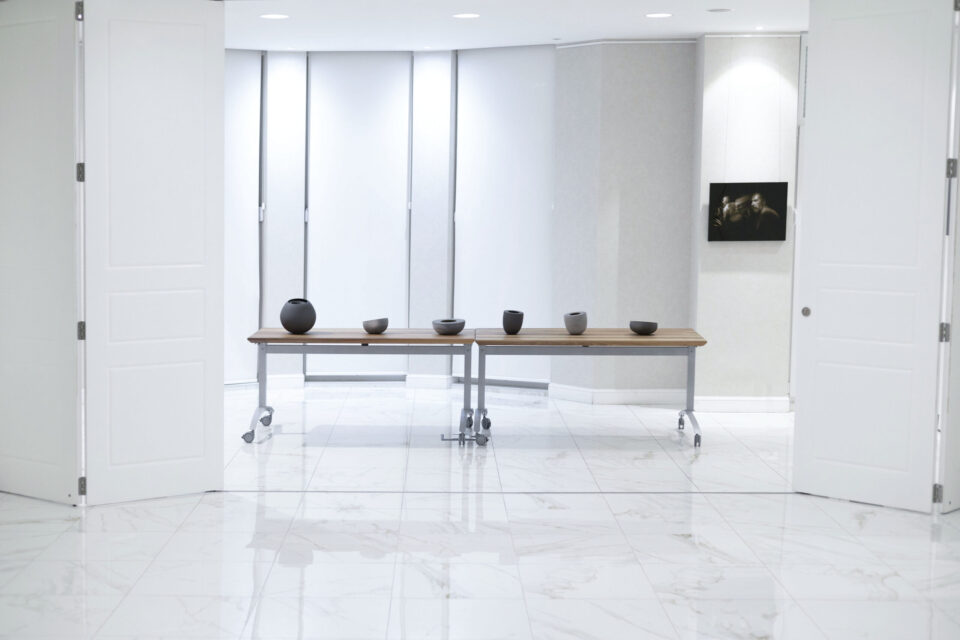 CLAIRE CLELIA BALDO – ALEKSANDAR VAC
CLAIRE CLELIA BALDO – ALEKSANDAR VAC
LIGHT AND FORM
The connection between Claire Clelia Baldo and Aleksandar Vac lies in their shared commitment to meticulous and thoughtful artistic processes, as well as their deep engagement with the concepts of light and form.
Claire Clelia Baldo’s photography is characterized by her methodical approach to constructing visual “alphabets” through complex shapes and lines. She carefully refines these elements over time, demonstrating patience and precision. She also strategically employs light in her creative process, which, as mentioned, helps bring forth images from her subconscious.
Similarly, Aleksandar Vac’s approach to ceramics work is driven by historical influence and technological experimentation. He, too, is deeply involved in manipulating forms, which he transforms into organic shapes with particular attention to the interplay of light and form. His creations also exhibit a contrast between smooth, mirrored exteriors and vulnerable, exposed interiors.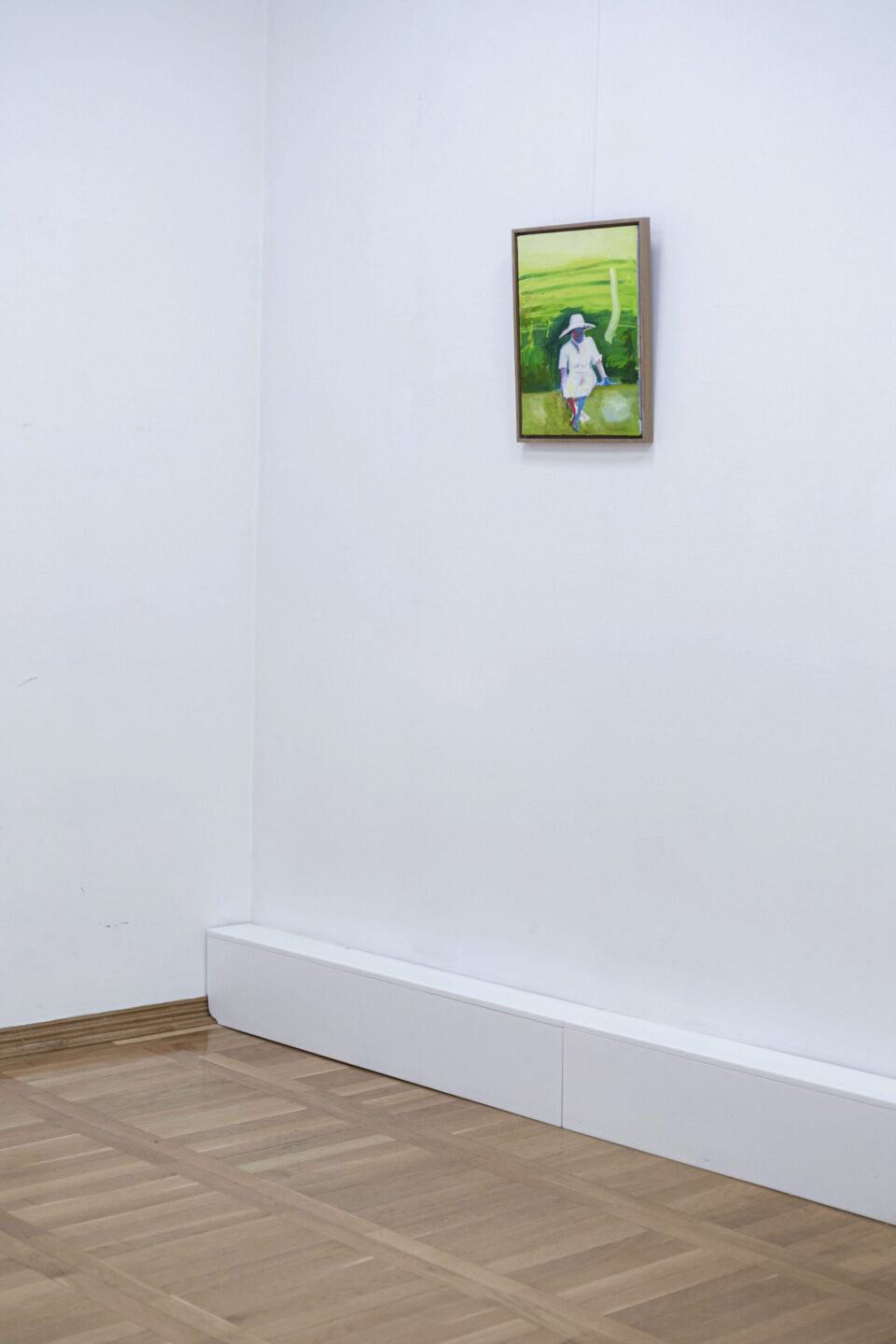
FEDERICO LUGER – MINA RADOVIC
SOCIAL AND POLITICAL
Mina Radović and Federico Luger engage with social and political themes in their work.
Mina Radović’s work focuses on the human body and its representation. She explores the concept of the body in a naturalistic and abstract manner, often using a range of colors to provoke a viewer’s perception of the body. Her work deals with the body as both a physical and abstract entity, challenging aesthetic norms and demanding reflection on the human form.
Federico Luger, on the other hand, brings up the topic of “suffrage” in his statement, highlighting the historical struggle for women and the right to vote. Suffrage, in this context, represents a significant social and political issue, his statement draws attention to the historical restrictions that have been placed on voting rights based on factors like gender, wealth, and social status.
Curated by Nataša Radojević
The exhibition “Tête-à-tête – 4 Rooms 8 Artists” was officially opened on the 27th of October. It will be on display by appointment until January 27th 2024 in the Drina Gallery, Krunska 73, in Belgrade.
More information at: www.drinagallery.com
Photo: Olivera Lazović